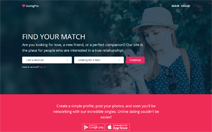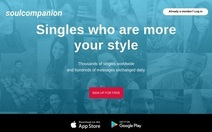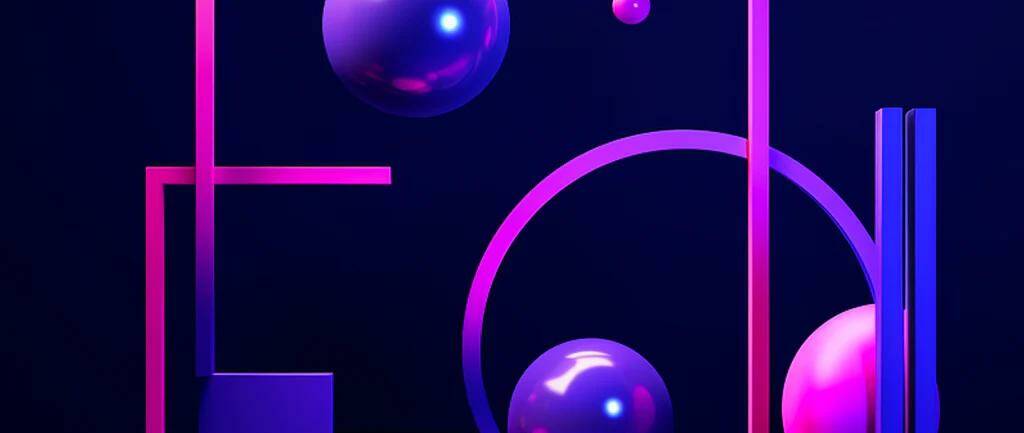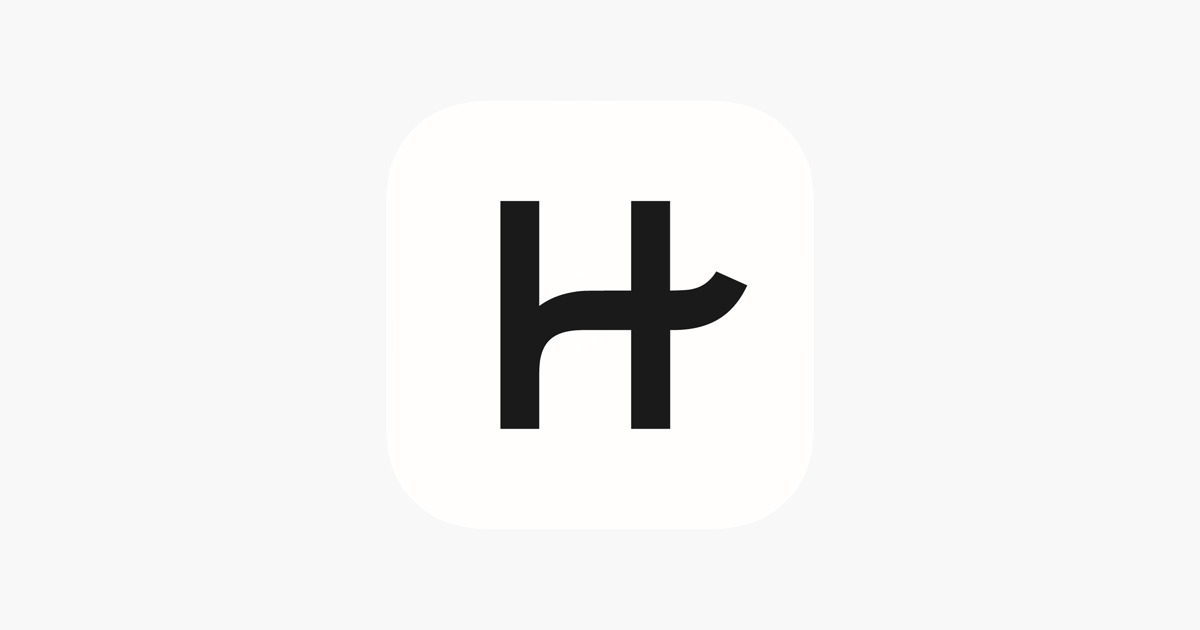The 6 Varieties of Logos and How to Choose the Perfect One for Your Brand
There are some dating apps so iconic you instantly identify them. Think of Tinder’s flame or Bumble’s beehive. Just a simple symbol or unique color scheme can convey so much about the app’s ethos—including the secret to its success in the dating world.
And here’s something to ponder—75% of online daters recognize dating apps by their iconic symbols alone. So what makes a memorable dating app icon? It hinges on the app’s mission, its user base, and the vibe it wants to radiate.
To guide you through the world of digital romance, here’s a breakdown of the icons of some leading dating apps you’ll encounter often, with insights into their design choices.
What is a logo?
A logo is a visual representation of the app’s essence, ethos, or key features. These icons appear on smartphone screens, advertisements, promotional materials, and even in real-life events hosted by the platform.
Dating app logo can range from simplistic designs to intricate illustrations, but they should always resonate with the target audience. Many apps have multiple variations of their icon to suit different marketing needs. For instance, a more elaborate version for billboards and a minimalistic one for app stores. Some icons might be a play on the platform’s name, while others lean into symbols that represent love, connection, or a unique feature of the app.
The most compelling dating app logo are those that are clear and unforgettable: Think of Hinge’s “Designed to be Deleted” icon or eHarmony’s heart and musical note combination. Both icons stand out, instantly signaling the brand’s philosophy—whether it’s finding lasting love or connecting through shared values.
Six types of dating app icons:
- Emblems
- Logotypes
- Pictorial marks
- Lettermarks
- Mascot logos
- Combination logos
The world of online dating presents a spectrum of iconic visuals—Hinge’s emphasis on genuine connections, eHarmony’s nod to harmony and compatibility, or even Bumble’s empowering bee. Each of these icons encompasses the app’s mission, and they all belong to one of the six predominant categories of dating app designs.
Emblems
Emblems are designs that echo the character of historic crests, often associated with European nobility and influential families. These logos embrace a traditional essence, integrating pictorial elements with textual components, such as the organization’s name. Commonly seen in educational institutions like Harvard, these badge logos also find favor with automotive brands and entities wishing to project a sense of dignity and esteem.
Emblems typically have a round or shield-like structure, often adorned with timeless color palettes. However, contemporary designs have breathed new life into these badges, introducing vibrant shades.
One iconic badge in this realm is the logo of Stella Artois, a beer brand. Decked in regal red and gold, this logo is centered around the brand’s name and is framed with a design reminiscent of golden filigree found on vintage artworks. Remarkably, Stella Artois’s badge symbol has a rich history, being crafted in 1366, making it one of the enduring logos in existence.
When to opt for a Emblems: If you aim to nod to deep-rooted traditions, infuse a sprinkle of historical charm, or underscore the esteemed nature of your brand, then badge symbols should be your go-to.
Examples of Emblems:
- Elite Singles
![]()
-
Coffee meets Bagel

Logotypes
A logotype is a text-driven representation that uses a company’s name, usually designed in a distinct font style, to epitomize a dating service or platform. Often dubbed “wordmarks,” the term is inspired by the combination of “word” and “mark.”
Signature styles can encompass an array of fonts, design elements, and color palettes. To make a lasting impression in the world of dating services, the signature should be clear, evocative, and encapsulate the ethos of the dating platform.
Interestingly, a major chunk of top-tier companies opt for sans-serif fonts for their signatures, with a mere fraction venturing into handwritten or cursive styles. The use of uppercase text dominates, although a few (like Mastercard and eBay) take the less-traveled road with lowercase designs.
When to utilize a signature style: Opt for this design when aiming to establish a strong identity around your dating service, especially if it boasts a distinctive and engaging name.
Examples of logotype logos:
- Badoo:
- Tinder:
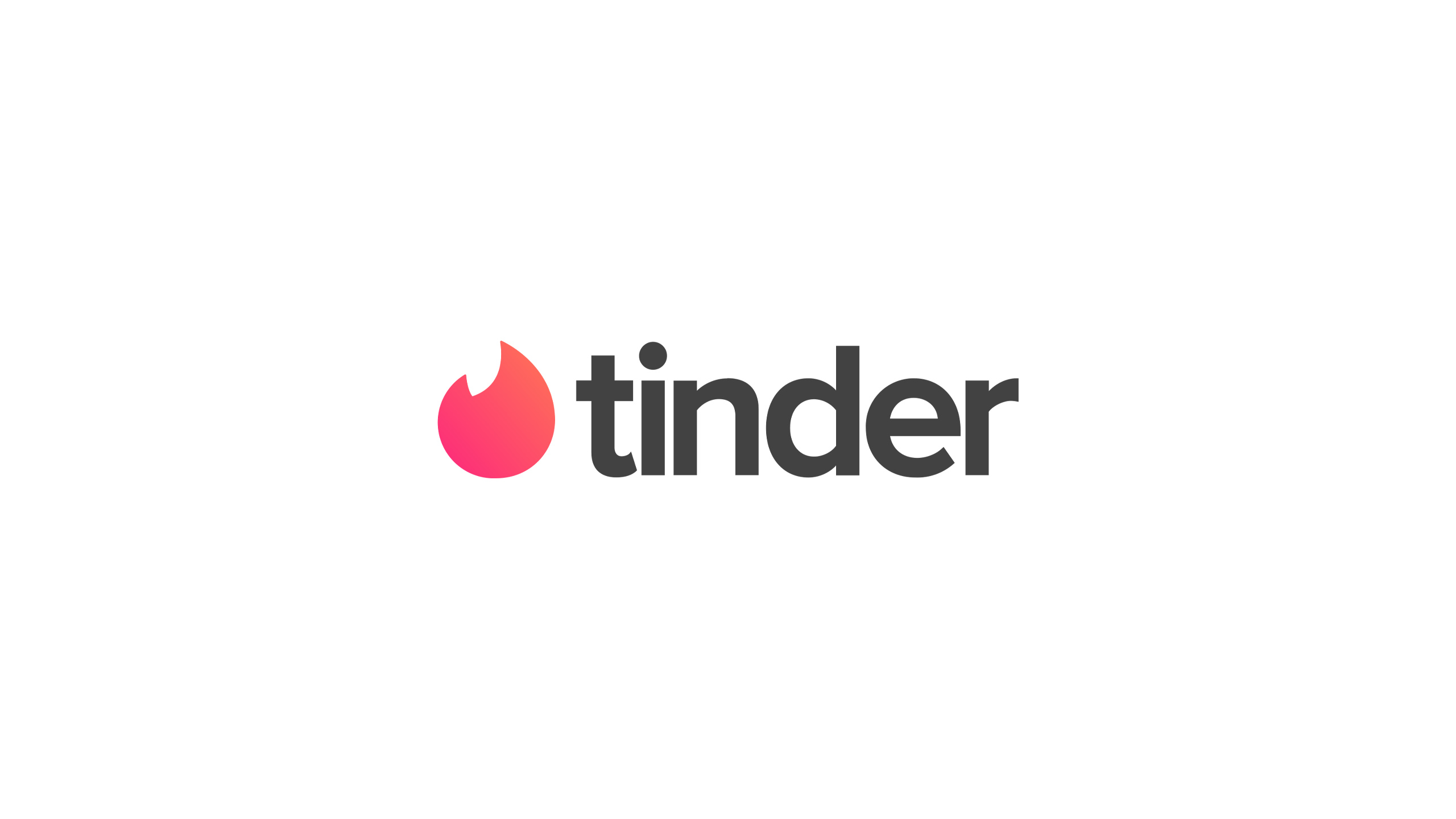
Pictorial marks
Iconic symbols are pure visual representations that encapsulate a brand’s essence. Unlike wordmarks, which lean on the company’s name styled in a unique font, iconic symbols stand alone without the support of text. This necessitates them to be unmistakably distinct and memorable.
Consider the iconic bitten apple symbolizing the tech giant, Apple. It’s an emblem that needs no introduction and retains its significance whether on a business card or a city billboard.
Such logos can harness creativity and playfulness, but they must still resonate with the brand’s core values and convey a glimpse of the offerings to the audience. Achieving brand identity through a solitary image might be challenging, but when executed aptly, it can elevate brand recall.
When to adopt an iconic symbol: Opt for an iconic symbol when your brand has cemented its presence in the market, or if you’ve carved a niche for yourself that can be encapsulated in a singular visual.
Examples of pictorial marks:
- Hinge
- Ship: Dating & Matchmaking
![]()
Lettermarks
Monograms are distinct symbols crafted from letters, often the initials of a company or person, aiming to encapsulate their identity. They are sometimes referred to as initial logos. Monograms prove beneficial for entities with intricate names or for those aspiring for a sleek, contemporary appeal. Instead of flaunting the entire name like in logotypes, monograms lean on one or a couple of letters to create a lasting impression.
These emblems seamlessly transition across varied promotional materials, enhancing brand recall.
The high-end brand Louis Vuitton is recognized by its monogram – LV, which graces the majority of its merchandise. Renowned brands such as Diane Von Furstenberg and Chanel also embrace monograms for their iconic representation. Their adaptability spans from print, digital platforms to direct product branding.
When to incorporate a monogram or initial logo: Opt for a monogram when your brand’s title is lengthy or consists of multiple words, ensuring quick recognition and easy recall.
Examples of lettermark and wordmark logos
- okcupid

- happn

Mascot logos
Character logos, often referred to as mascot logos, showcase a unique figure or animal emblematic of the brand’s essence. This can range from animated figures to lifelike animals.
The mascot’s design should resonate with the brand’s ethos and target audience. For instance, if the brand’s narrative is about fun and friendliness, a cheerful and engaging character might be apt. Conversely, a brand emphasizing power and dominance might choose a more formidable mascot representation.
The central idea behind a mascot logo is to forge an immediate connection between the brand and its emblematic figure, thereby enhancing brand recognition and fidelity. Consider the Michelin Man, the iconic tire-composed figure representing Michelin. This mascot graces various establishments, from auto shops selling Michelin tires to high-end restaurants reviewed by the same brand.
Mascot logos are not just symbols; they are brand ambassadors. Their visual appeal and personality can boost brand memorability. Studies, like the one in the Journal of Business Research, have highlighted that brands using mascots often enjoy higher recall rates compared to those without.
When to adopt a character or mascot logo: Opt for these logos when your brand exudes a vibrant personality, or if you aim to infuse a touch of human or character connection to your offerings.
Examples of mascot logos:
- Pickable
- PlentyofFish
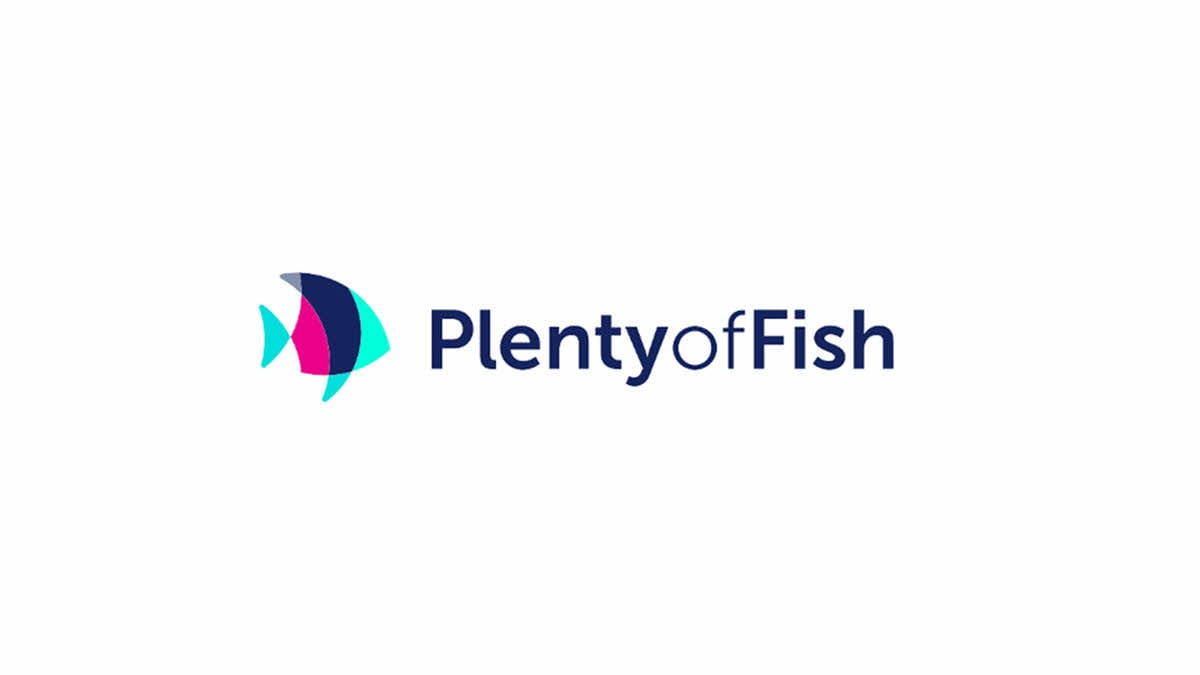
Combination logos
A composite logo blends both textual elements and visual symbols. Typically, it marries a wordmark—essentially a text-only logo—with an illustrative or symbolic element. Businesses frequently use this design to convey their brand name while simultaneously emphasizing their core brand identity through imagery.
Such a design approach offers flexibility in branding. Depending on the medium, one might use only the text or the symbol, ensuring adaptability across various platforms.
When to opt for composite logos: Consider using a composite logo when seeking a multifaceted branding approach. It’s especially suitable for emerging businesses aiming to bolster their brand recognition.
Examples of combination logos:
- Ourtime
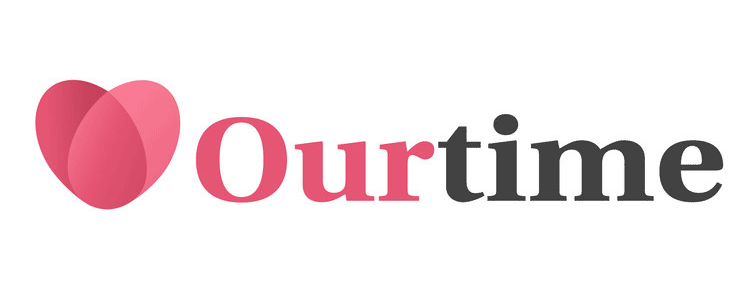
- Grindr

Tips for Crafting an Effective Logo
- Understand Your Brand Essence: Before you dive into design, introspect on your brand’s identity. Ask questions like:
- What’s the vision behind your company?
- What values anchor your business?
- How do you differentiate from competitors?
- Who’s your target audience? Grasping these aspects will steer your design direction.
- Explore Various Logo Styles and Research: Experiment with diverse logo styles. During this phase, it’s beneficial to analyze logos from various sectors. While it’s good to derive inspiration, ensure your logo maintains originality, steering clear of inadvertent imitation.
- Select Apt Colors: The colors in your logo should mirror your brand’s spirit. For instance, green often resonates with nature and sustainability, while bright shades might appeal to younger audiences. Familiarize yourself with color theory to elicit desired emotions and perceptions.
- Pick a Suitable Typeface: If your logo incorporates text, the font plays a pivotal role. Opt for a legible font that aligns with your brand, versatile across sizes and mediums.
- Solicit Feedback: Present your design to a varied audience and glean their impressions. Ask both specific and open-ended questions to gather constructive feedback. If feasible, conduct focus groups with potential customers to gauge how your logo strikes a chord with them.
Top Online Tools for Logo Design:
- Looka: A free tool ideal for budding entrepreneurs.
- Canva: Offers an array of design templates, including logos.
- LogoMaker: User-friendly and great for those less design-savvy.
- Squarespace Logo Tool: Known for its sleek designs.
- Wix Logo Generator: AI-driven, it creates tailored logos based on a brief questionnaire.
Many platforms cater to DIY logo design, each with unique features. Some offer free versions, whereas others might charge. The gamut ranges from AI-powered rapid designs to more manual, in-depth platforms.
If you have a unique logo idea for your dating website, email us at [email protected] or message us in the chat.

